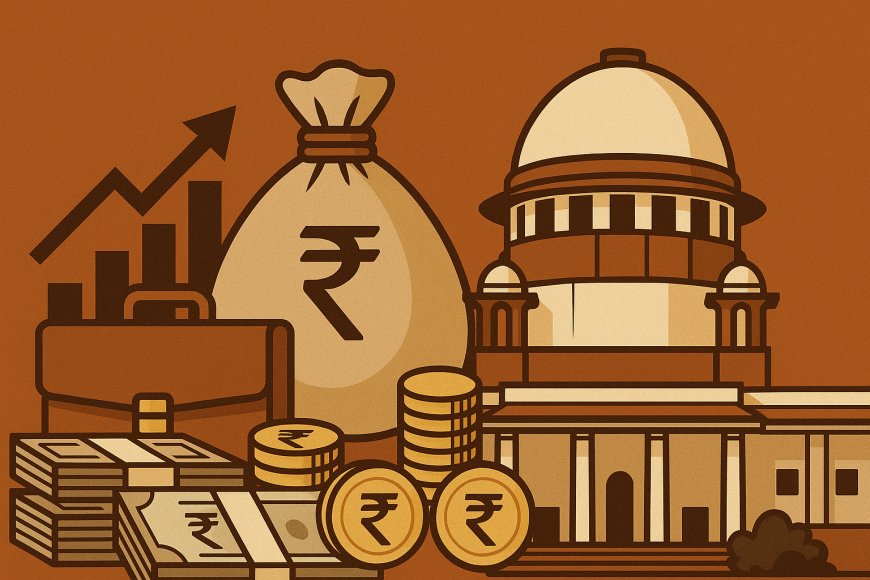New Delhi: In a rare display of transparency, 21 sitting judges of the Supreme Court have disclosed their financial assets — offering the public a peek into the personal wealth of India’s highest constitutional arbiters. The data, which includes details of their spouses and dependents, reveals a striking pattern: the judges may be powerful decision-makers in the courtroom, but when it comes to money, they prefer caution over risk.
Conservative Portfolios, Substantial Wealth
Of the 21 judges who made disclosures, the combined financial savings stood at a whopping Rs 270 crore, with 73 real estate properties, 12 kg of gold, and 64.5 kg of silver to their names. A closer look at 19 judges — who provided segregated financial data — shows that over 86% of their investments are parked in fixed deposits (FDs), public provident fund (PPF), and general provident fund (GPF).
• FDs and bank deposits: Rs 86.19 crore
• GPF and PPF: Rs 25.44 crore
This conservative approach underlines a clear preference: safety over speculation.
The Billionaire Among Them
Leading the list is Justice K V Viswanathan, who joined the bench in May 2023 after a successful legal career. He alone declared financial assets worth Rs 137 crore, more than half of the total pooled assets of all 21 judges. Notably, he has paid Rs 91.47 crore in income tax between FY 2011–12 and 2024–25 — a fact he highlighted in his disclosure. In the latest assessment year alone, he paid Rs 6.7 crore in taxes.
Gold, Silver, and Real Estate
Every judge owns at least one immovable property, ranging from agricultural land and flats to commercial spaces. The collective tally includes:
• 29 flats
• 13 houses
• 19 plots
• 7 agricultural lands
• 5 offices/shops
Most judges cited that their immovable assets were acquired during their tenure as practicing lawyers.
On the bullion front, several judges disclosed ownership of ‘stree dhan’ — gold and silver received as part of traditional customs. In total: 12 kg of gold and 64.5 kg of silver, excluding inherited or ancestral holdings.
Cars in the Garage
Of the 21 judges, 15 own cars — mostly practical, mid-range models. The list includes:
• 3 Maruti Swifts
• 2 Honda Citys
• 2 VW Polos
• 2 Maruti Altos
• Single units of Toyota Camry Hybrid, Tata Harrier, Jeep Compass, Hyundai Verna, and Kia Seltos.
Six judges reported no vehicle ownership.
Where the Wealth Lies
Interestingly, three judges — Justices Viswanathan, Manmohan, and P S Narasimha — collectively account for over 79% of the financial savings. The rest fall into ranges:
• 3 judges with assets over Rs 25 crore
• 3 judges with Rs 5–25 crore
• 8 judges between Rs 1–5 crore
• 7 judges with under Rs 1 crore (of which 4 have less than Rs 50 lakh)
Gifts, Transfers, and Transparency
Some judges included gifts and parental transfers in their disclosures, clarifying that these were reported in income tax returns over the years. While two judges — Justices Viswanathan and Vikram Nath — did not segregate their assets by type, they provided total values (Rs 137 crore and Rs 4.75 crore respectively).
Final Word
This disclosure exercise is an important step towards judicial transparency, even though it is not mandated by law. It highlights not just the wealth of the judiciary, but also their investment philosophy — conservative, risk-averse, and rooted in traditional financial instruments.
In a time when public trust in institutions hinges on openness, these numbers — and the integrity they reflect — offer a measure of reassurance.








